Do Self-Cleaning Hots Tubs Really Work?
If you’re familiar with hot tubs and spas, you might have heard about self-cleaning hot tubs. You might think anything that cleans or takes care of itself is too good to be true. And, well, you’d be correct on some levels. The truth is that self-cleaning hot tubs still require some regular maintenance.
Can you imagine if your home magically cleaned itself? Yes, robot vacuum cleaners do exist. But they bump into walls and get stuck on carpets. Those little guys require some assistance, and so do self-cleaning hot tubs. But they’re worth it if you consider the time and money you’ll save on manual clean-up and chemicals.
Self-Cleaning Hot Tubs Have More Efficient Filtration Systems
The thing about self-cleaning hot tubs is that they have exclusive technology that significantly improves the efficiency of the filtration process. The system filters all the water every 15 minutes so that you can feel safe and squeaky clean.
Here’s how the filtration system works:
- During the cycle, the jets send all surface dirt and debris towards the skimmer and pre-filter basket.
- The floor vacuum extracts directly from the bottom without needing to manually.
- The dirt and debris get pumped through the pressurized filter. The pressurized micro-filtration increases efficiency, resulting in extended cleaning cycles.
Why Traditional Filtration Systems Fall Behind
Traditional filtration systems rely on suction-side filtration, where a skimmer is installed on one of the side walls at the water line. The pump pulls water into the skimmer, where debris gets trapped inside the filter basket. Underneath the filter basket is a micro filter that helps to keep the water clean. These filtration cycles run anywhere from 4-24 hours per day, depending on their efficiency.
The disadvantage to traditional filtration systems is efficiency since only the water that goes through the skimmer is filtered. This means the whole filtration cycle can take a long time to filter all the water in the hot tub. Another disadvantage is that heavier debris will fall to the bottom of the hot tub since only the surface water is being skimmed.
Self-Cleaning Hot Tubs Cut Back on Chemicals
Self-cleaning hot tubs reduce the need for chemicals because of their efficient filtration systems. Not only will this save you money, but you won’t have to drain and refill your hot tub frequently. Hot tubs must be drained when too many dissolved solids are introduced into the water.
Total Dissolved Solids (TDS) are the sum of all the dissolved things in any given body of water. Every time you add anything to the water, you increase its TDS. This includes sanitizing and pH adjusting chemicals, algaecides, airborne pollutants, bather waste, and all organic compounds.
Self-Cleaning Hot Tubs are Equipped with Indicators
The Worry-Free Indicator on self-cleaning hot tubs lets you know that the self-cleaning mode is working. The indicator lets you know that the exchange systems are active, reassuring you with the safe water guarantee.
SOME MAINTENANCE REQUIRED
There are limits to self-cleaning hot tubs; they won’t pour the drinks for you. Here are some of the manageable maintenance tasks you’ll still have to perform:
- Rinse and replace filters
- Drain and refill water
- Test pH levels
- Manually clean surfaces
- Remove large debris
The hot tubs we sell at Buds Spas & Pools are the easiest in the world to maintain, the most energy-efficient, and equipped with advanced technology. Hydropool is the leading manufacturer of the best hot tubs and swim spas worldwide.
Find out which hot tub is right for you!
RELATED ARTICLES

Luna + Solei: 24/7 Pool Care That Works While You Rest and Play
Luna + Solei: 24/7 Pool Care That Works While You Rest and Play What if pool care worked around your schedule-not the other way around? With Luna + Solei, you can finally enjoy a backyard pool that’s clean, clear, and low maintenance-without constant testing, shocking, and balancing. This revolutionary Day & Night Pool Care System…
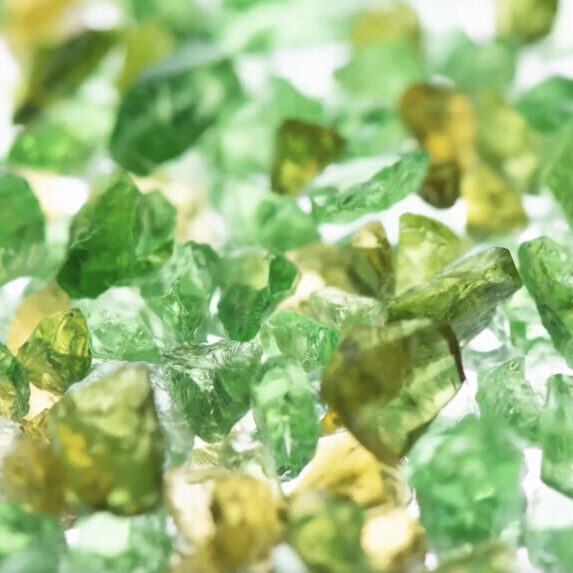
Upgrade Your Pool Filtration with AFMng: Say Goodbye to Sand, Hello to Sparkling Water
UPGRADE YOUR POOL FILTRATION WITH AFMng: SAY GOODBYE TO SAND, HELLO TO SPARKLING WATER If you’re still using sand in your pool filter, it’s time to rethink your water care. At Buds, we’re always on the lookout for the best solutions for our customers-and AFMng is a game-changer. Made from recycled, activated glass, AFMng is…
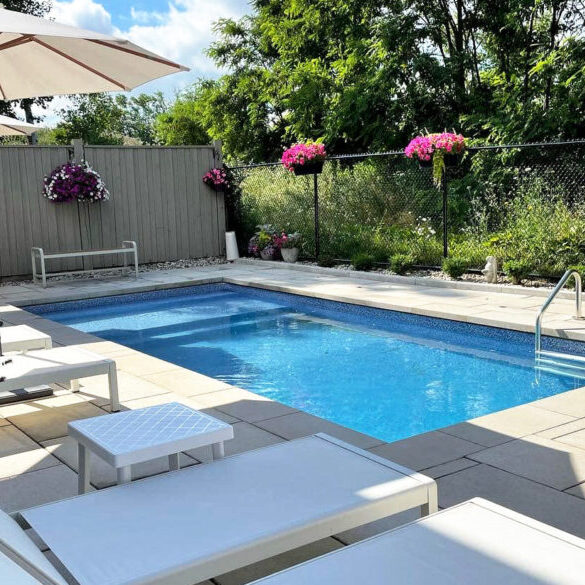
Plunge Pool vs. Traditional Swimming Pool: Which One Is Right for You?
Plunge Pool vs. Traditional Swimming Pool: Which One Is Right for You? When designing your dream backyard oasis, one of the biggest decisions is choosing between a plunge pool and a traditional swimming pool. While both offer the joys of relaxation and recreation, they differ significantly in size, maintenance, cost, and suitability for various lifestyles…

What is a plunge pool, and should I get one?
What is a plunge pool, and should I get one? If you’ve been researching pools at all this year, you may have noticed that plunge pools are seriously trending. While you probably have some idea of what a plunge pool is all about, you might be wondering about the specifics that make these pools different…
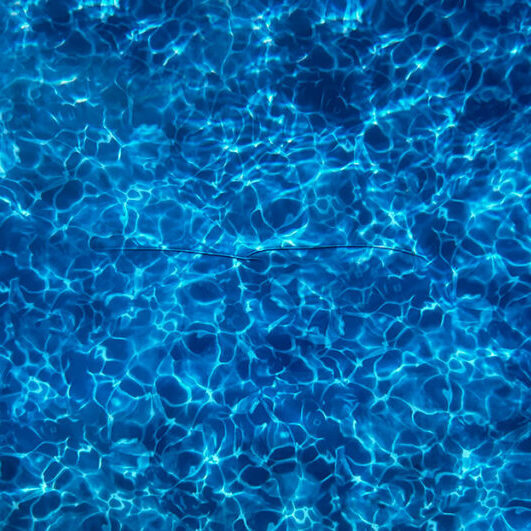
Understanding and Addressing Pool Liner Wrinkles
Understanding and Addressing Pool Liner Wrinkles When it comes to pool liner wrinkles, it’s crucial to distinguish between those caused by installation issues and those arising from other factors. If a wrinkle appears due to a poor fit or incorrect measurements during installation, it will be evident as soon as the pool is filled. Wrinkles…

What is a Pool Orientation and Why is it Essential for New Pool Owners?
What is a Pool Orientation and Why is it Essential for New Pool Owners? Owning a pool is a luxury that brings fun, relaxation, and a perfect gathering spot for family and friends. However, with this luxury comes the responsibility of maintaining and managing your pool to ensure it remains a safe and enjoyable space.…
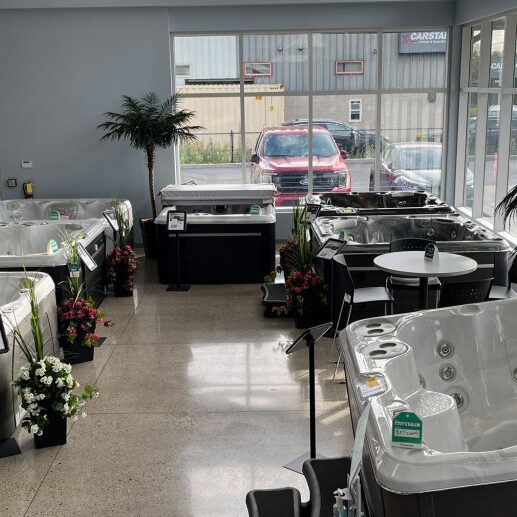
Benefits of In-Person Shopping for Hot Tubs, Pools & Swim Spas
We know that online shopping can be convenient. But at Buds we still believe that hot tubs, swim spas and pools, not to mention their parts and supplies, are best shopped for in person.
So while you might start your shopping journey online, we hope that you’ll take the chance to visit us in store before finally making your purchase.
There are many reasons why we think brick-and-mortar stores like Buds are the smart choice for customers.
Check out our top reasons and let us know if you agree!
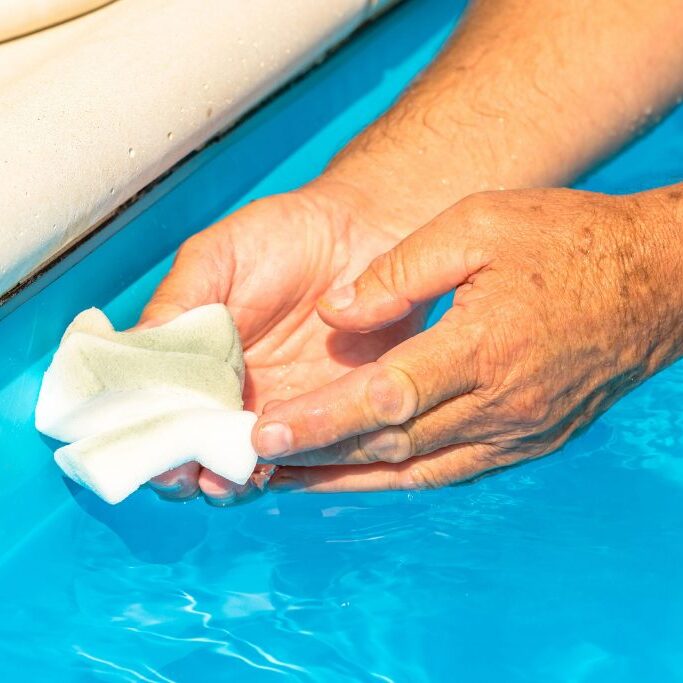
How to Treat and Prevent Metals and Staining
How to treat and prevent metals and staining Metals and Staining in a Pool Metals can be introduced to the water through foreign object or equipment such as: Copper piping and fittings, Heat exchanger, Using Copper Sulphate and other copper-based algaecides, Source water. Metals in pool water may cause staining to the liner, fiberglass, or…

Should I finance my pool purchase?
In its most formal application, contrast hydrotherapy involves alternating between immersion in hot and cold water. It’s a practice with growing popularity among athletes and health enthusiasts for its many reported benefits.
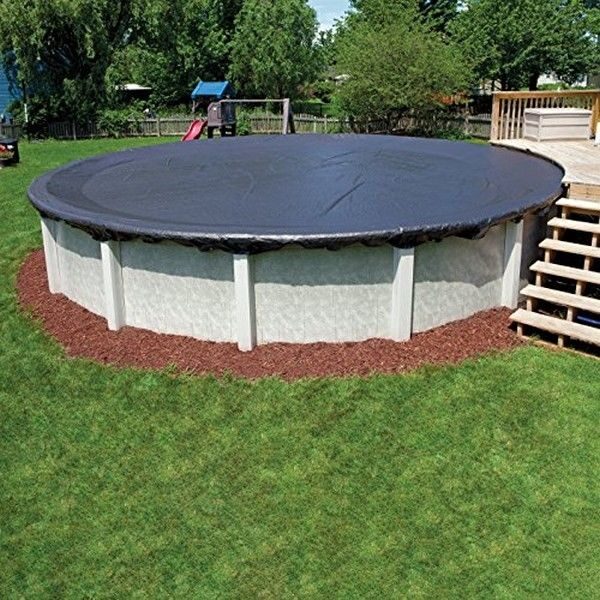
Above Ground Pool Closing Instructions
How to close your above ground pool Pool Closing Steps 1 One week prior to closing, bring a pool water sample to the store so your pool can be properly balanced. It is natural for sitting water to become acidic on its own, so balancing the water is very important prior to closing your pool.…
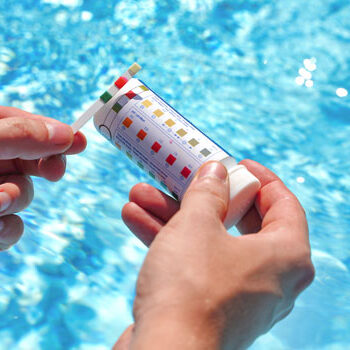
The Benefits of Borate to Treat Your Pool
Why Your Should Use Borate In Your Pool What is Borate? Borate prevents pH drifting, which results in calcium scaling, metal stains, cloudy water, algae, and hard pool water. When you use borate, the water will remain clear for a long period since chloramine (or combined chlorine) does not form quickly as compared to a…
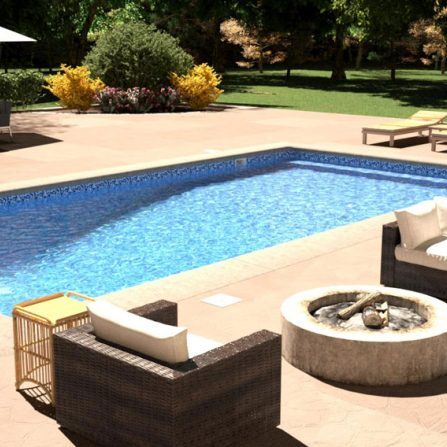
How to Reduce Phosphates in Your Pool
How to Reduce Pool Phosphates What are phosphates? Phosphates are food for algae. Although they are present in all water, once they reach a certain level they can cause issues in your pool. Phosphates can consume chlorine causing a consistently low level in your pool. When you have an extremely low chlorine reading, your pool…
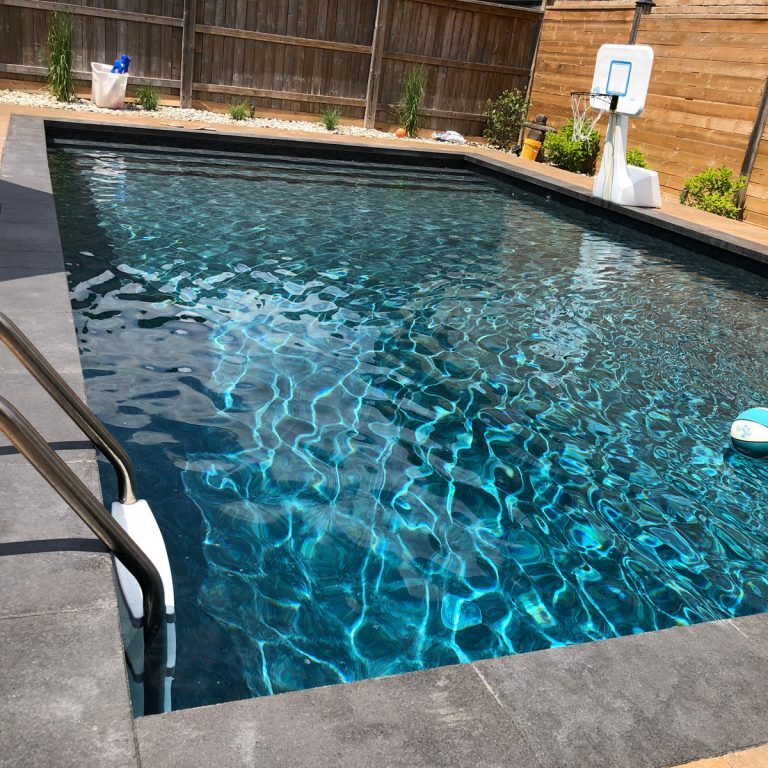
Spring Set-up for Pool UV Systems
How To Open Your Pool’s UV System SET-UP INSTRUCTIONS When spring arrives, it’s time to pull out your UV system and get it ready for the summer pool season. Below is a checklist that will help in getting the most out of your system. If your UV system is still installed on your pool equipment,…
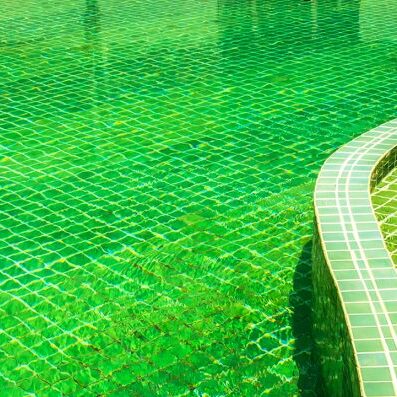
How to Treat Pool Algae
How to Treat and Prevent Algae How to Treat and Prevent Algae during Spring Opening Warning: when following these steps, DO NOT use your automatic vacuum as there is no option of vacuuming on waste/drain. Bring a pool water sample into Buds for water balance assistance. Remove large organic debris from the bottom of the…
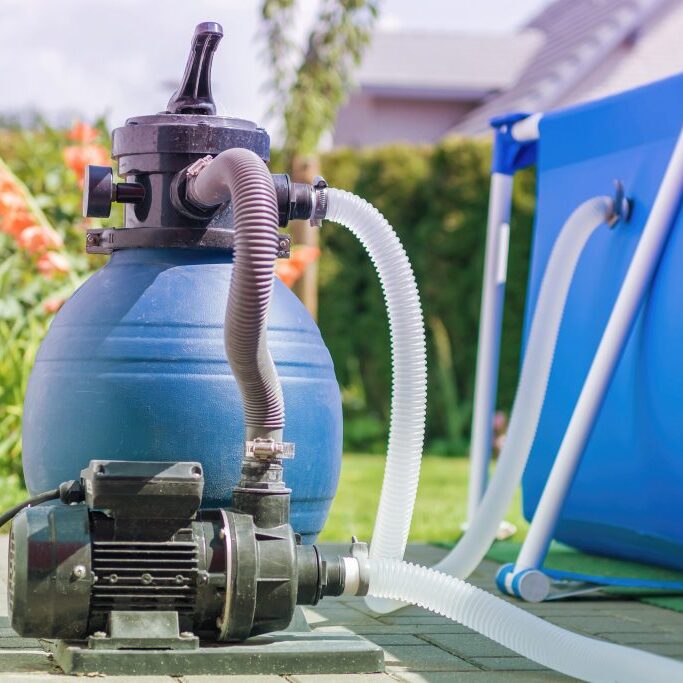
How to Change & Clean the Filter Media
How to Clean & Change a sand filter How to Change the Filter Media Sand should be changed in the filter every 3-5 years. However, if the sand is not cleaned once per season the sand may need to be changed much more often than that. 1 Turn off the pump. 2 Take the drain…
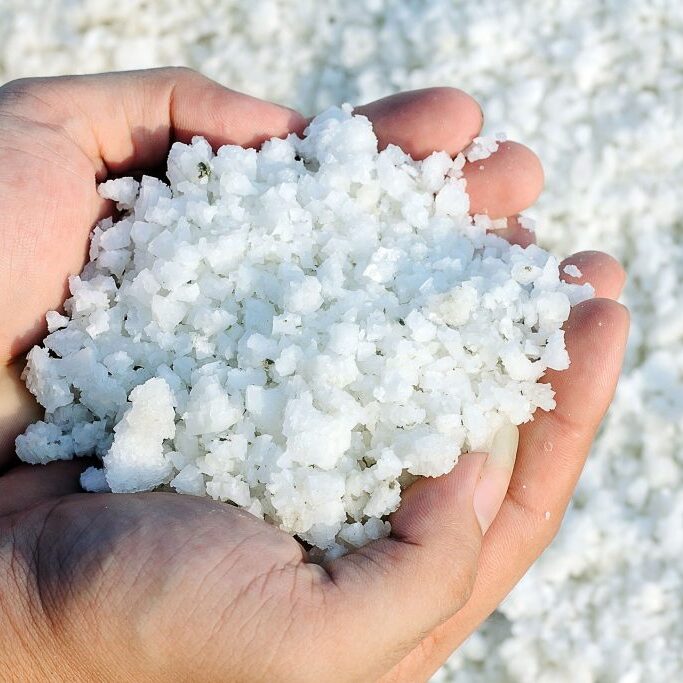
How to Clean a Pool Salt Cell
How to Clean a Salt Cell It is important to maintain a clean salt cell so chlorine can be continuously produced. Salt cells that have a lot of scale or calcium build up cannot effectively produce sanitizer and often create flow issues within the pool system. You should check your salt cell weekly to ensure…
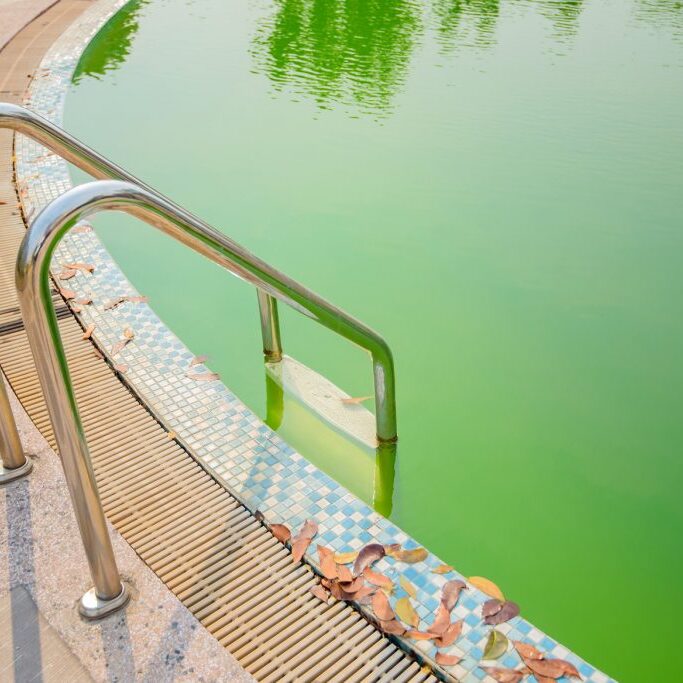
How to Treat and Prevent Cloudy or Foggy Pool Water
How to Treat Extremely Cloudy or Foggy Water How to Treat Extremely Cloudy or Foggy Water Bring a pool water sample into Buds Spas and Pools for water balance analysis. Adjust pH and/or chlorine levels as recommended by the water lab. Follow Option A, B or C depending on the level of clarity in the…
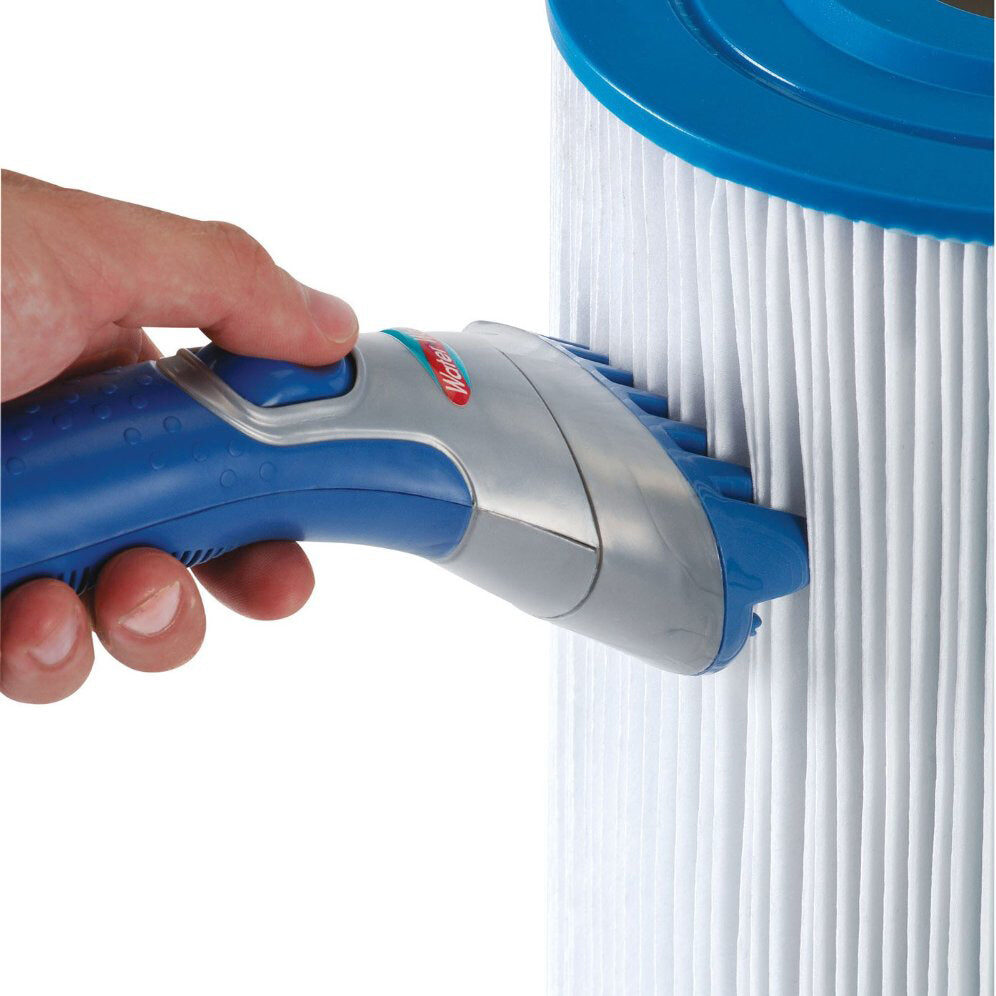
Pool Filter Cartridge Cleaning Instructions
How To Clean A Pool Filter Cartridge When should a cartridge element be cleaned? For hot tubs and swim spas, establish a routine cartridge cleaning schedule based on the amount of spa usage. This should include rinsing the cartridge weekly (or more frequently with heavy use), as well as using Rapid Action Filter Cleanse every…
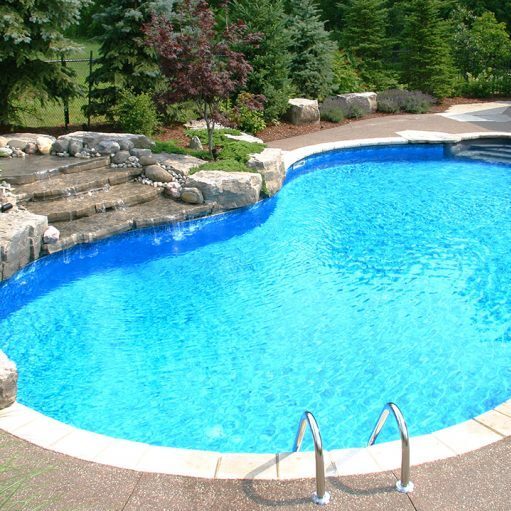
Maintenance for Saltwater Pools
Saltwater pool maintenance Helpful Tips to Maintain Your Pool New pool or new liner customers: Please bring in a water sample to Bud’s Spas and Pools before adding any chemicals and/or before entering your pool for the first time. Filtration To maintain proper filtration the pump should be operating 24/7. If your pump is on…
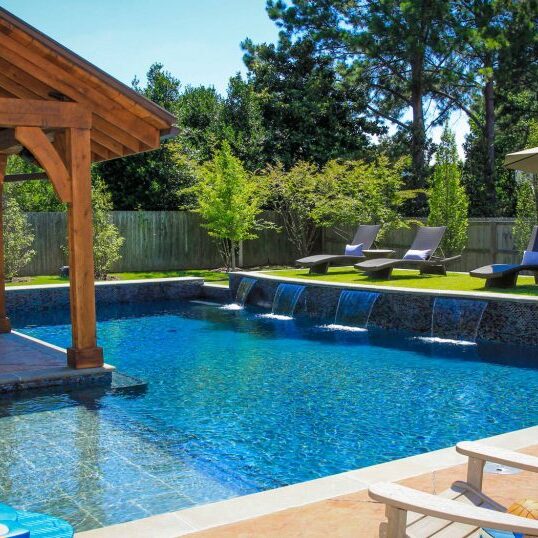
Maintenance for Non-Saltwater Pools
Non-saltwater pool maintenance HELPFUL TIPS TO KEEP IN MIND WHEN MAINTAINING YOUR POOL NEW POOL OR NEW LINER CUSTOMERS:PLEASE BRING IN A WATER SAMPLE (IN THE SAMPLE BOTTLE PROVIDED) TO BUDS SPAS AND POOLS BEFORE ADDING ANY CHEMICALS AND/OR BEFORE ENTERING YOUR POOL FOR THE FIRST TIME. Filtration To maintain proper filtration the pump should…